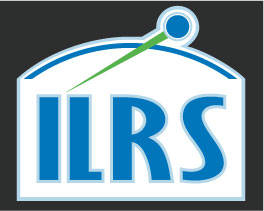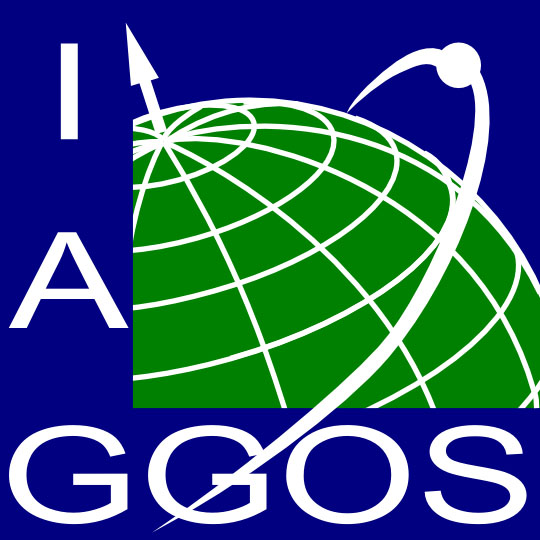
VCL
Jump to: Mission Support Status, Mission Support Request
ILRS Mission Support Status:
Satellite laser ranging will be used for Precision Orbit Determination along with the dual frequency codeless GPS receiver.
VCL Mission Support Request Form:
Name: VCL
Host: NASA / ESSP
Primary Technical Contact: Scott B. Luthcke
Alternate Technical Contact: Steve Klosko
Technical Mailing Address: RITSS @ NASA GSFC
Space Geodesy Branch, Code 926,
Greenbelt, MD USA
Technical Fax: 301-614-6099
Technical email: sluthcke@geodesy2.gsfc.nasa.gov
Technical Web_Address: www.inform.umd.edu/geog/vcl
Primary Science Contact: Ralph Dubayah
Alternate Science Contact: Bryan Blair
Science Mailing Address: Geography Dept., University of Maryland,
College Park, MD USA
Science Fax: 301-405-8662
Science email: rdubayah@geog.umd.edu
cience Web_Address: www.inform.umd.edu/geog/vcl
Mission objectives: The Vegetation Canopy Lidar is the first mission selected for NASA's new Earth System Science Pathfinder (ESSP) program. VCL will carry aboard a unique Multi-Beam Laser Altimeter (MBLA) designed and developed by NASA GSFC's Laboratory for Terrestrial Physics. The principal goal is the characterization of the 3 dimensional structure of the Earth's surface concentrating on vegetative canopy structure. These measurements will significantly enhance our understanding of: (1) landcover characterization for terrestrial ecosystem and climate monitoring, modeling and prediction, and (2) global continental topography by providing a reference data set of topographic spot heights and transects. The MBLA is a five-beam instrument where each laser has a 30m continuous along track resolution and a 25m footprint on the Earth's surface. The five beams are oriented in a somewhat circular configuration producing an 8km wide swath on the Earth's surface with each beam track separated by 2km.
Mission role: The SLR will be used for Precision Orbit Determination (POD) along with the dual frequency codeless GPS receiver.
Launch date: August - October 2000
Mission duration: 18 - 24 months
Altitude: 390 - 410 km
Inclination: 67 degrees eccentricity: near circular
Tracking schedule: 24 hours/day, 7 days/week
Spatial coverage: best global
Temporal coverage: best temporal
Data accuracy: best available
Coordinator: Scott B. Luthcke
Priority: Secondary. If GPS failure - primary
Data source: Project may be able to supply more precise position predictions
POD source: GPS Analysis Center: GSFC
Normal point time span: 5 sec?
Tracking requests: As many as possible
Delivery time: Virtually realtime
Array info: The array was made by ITE in Laural MD. It is composed of nine
25 mm sircular cube corners uniformly distributed in a hemispherical
pattern. The radius of the hemisphere is 110.7 mm. The array is
mounted on the VCL telescope secondary mirror and there is no obstruction
to its view of an entire hemisphere.
Technical contact for array info: Scott B. Luthcke, sluthcke@geodesy2.gsfc.nasa.gov
Array contact number: 301-614-6112




